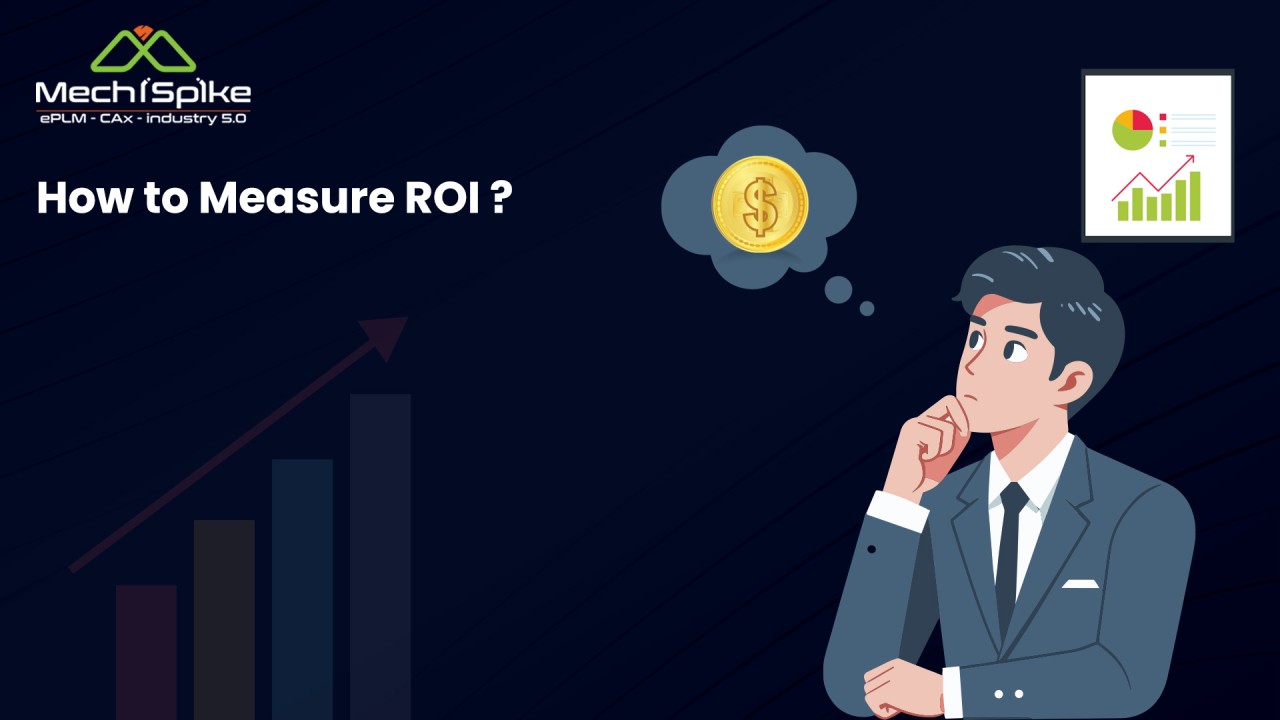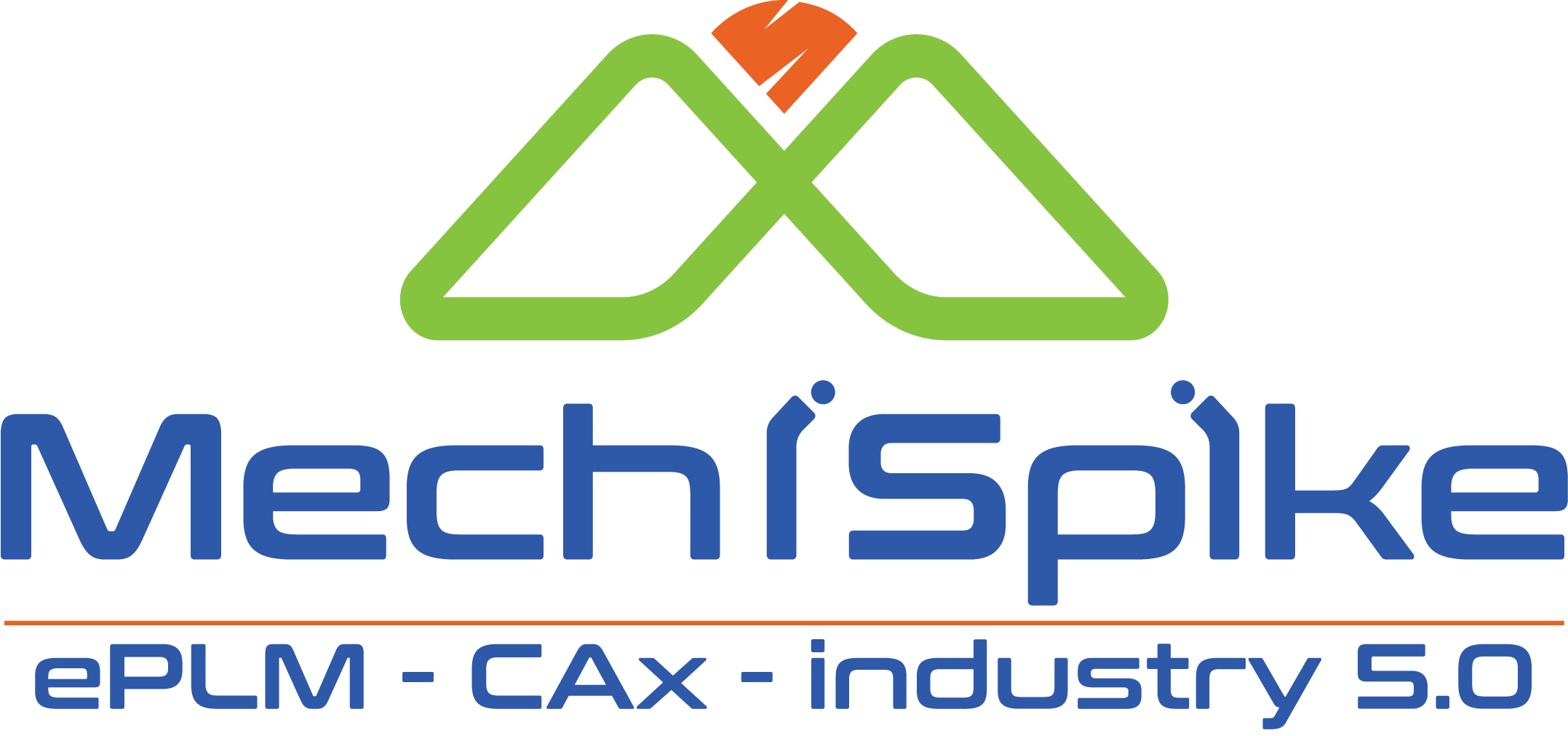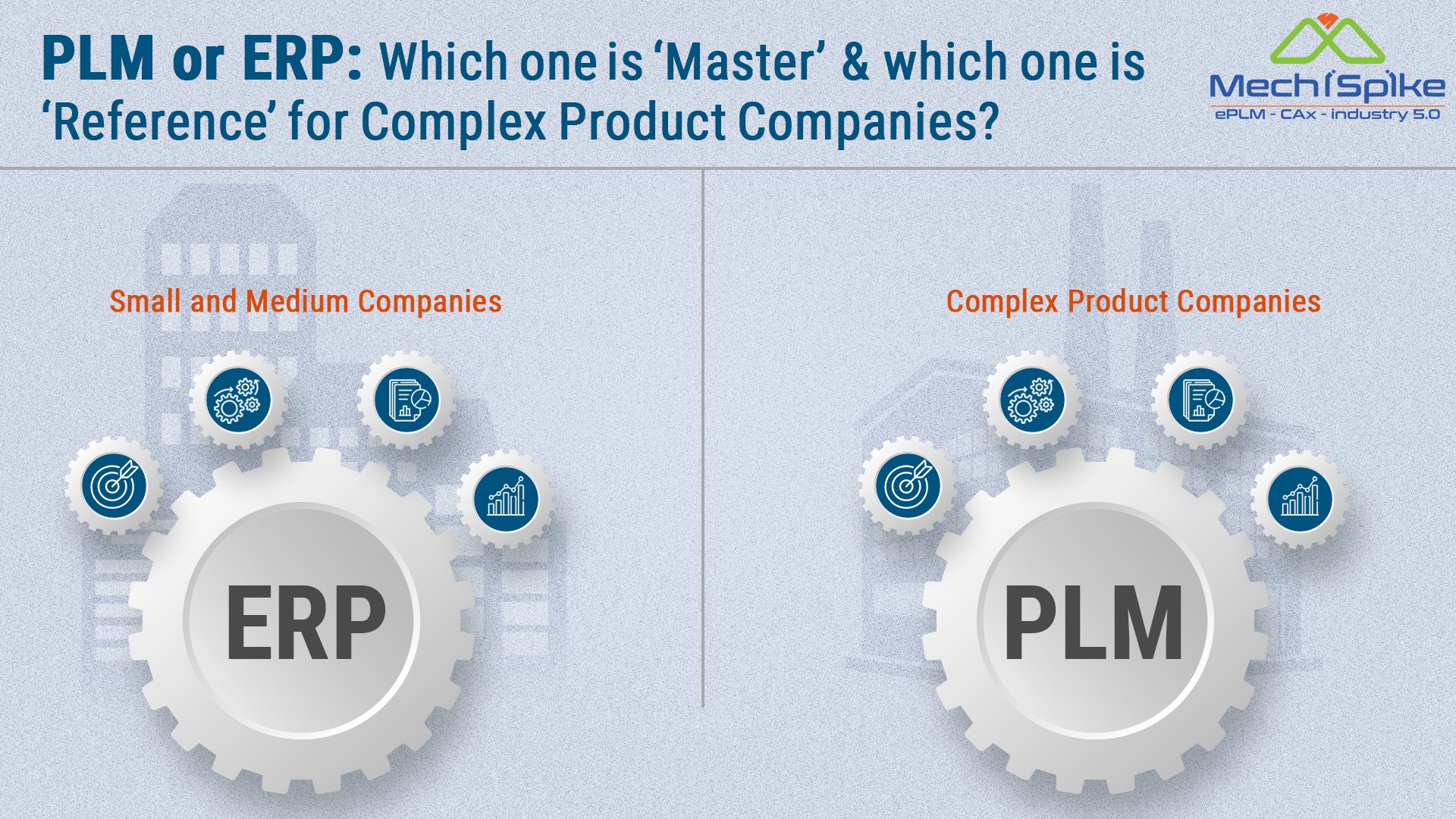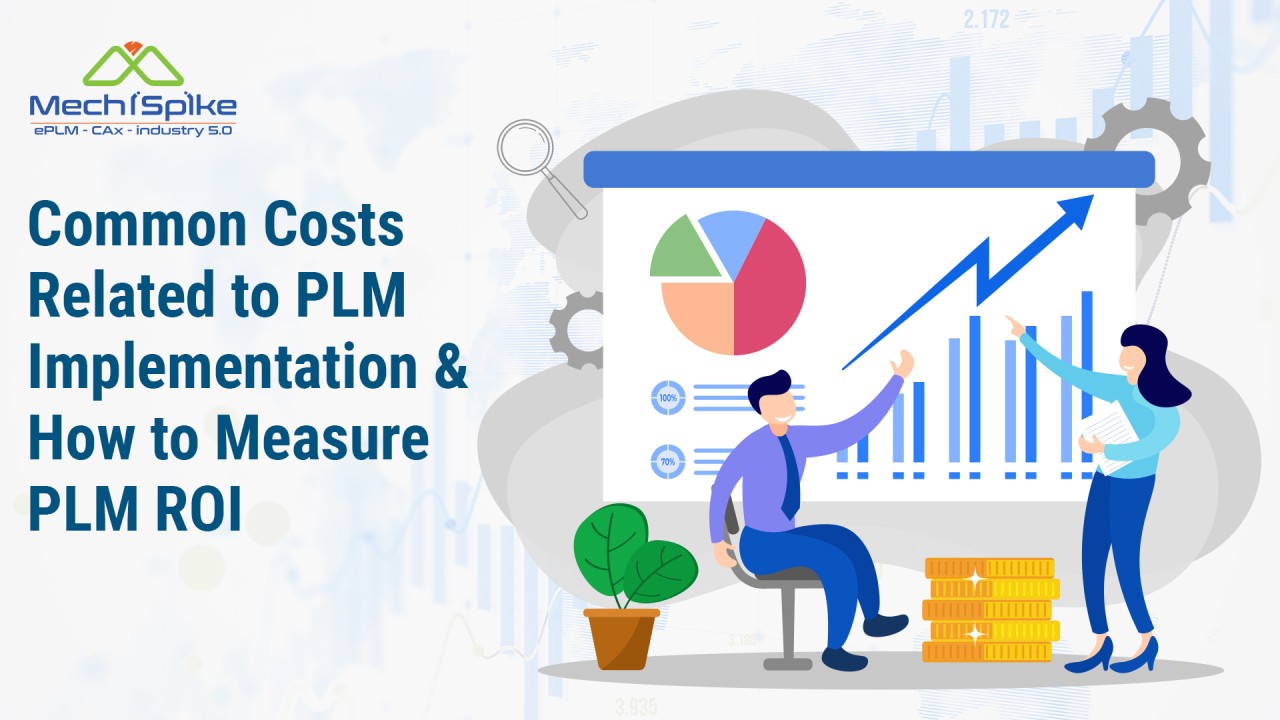
How to Measure ROI : A Comprehensive Guide
In this edition, let’s talk about ROI, which we discussed in almost every article subtly. In this article let’s understand the nuances of ROI Measurement.
Return on Investment (ROI) is a crucial metric used to evaluate the profitability of an investment. It helps businesses and individuals understand the efficiency of their investments and make informed decisions.
ROI is calculated as a percentage, representing the ratio of net profit to the cost of the investment.
However, understanding ROI involves more than just a simple formula; it requires recognizing both measurable and non-measurable returns.
Measurable and Non-Measurable Returns

Measurable Returns
Measurable returns are the tangible, quantifiable benefits that can be directly attributed to a project. These returns are typically financial and can be easily calculated.
Here are some common types of measurable returns:
- Increased Revenue: The additional income generated as a result of the project.
- Cost Savings: Reduction in expenses due to improved processes or efficiencies.
- Productivity Gains: Enhanced output from the same amount of input, often resulting in higher sales or lower labor costs.
- Asset Appreciation: Increase in the value of physical or intangible assets due to the project.
- Market Share Growth: Expansion of the company’s share in the market, leading to higher future revenues.
Non-Measurable Returns
Non-measurable returns, while not directly quantifiable, significantly impact the overall success and sustainability of a project.
These intangible benefits can include:
- Customer Satisfaction: Improved customer experiences can lead to repeat business and referrals.
- Brand Reputation: Enhancements to the company’s image and standing in the market.
- Employee Morale and Retention: Positive effects on staff satisfaction and retention, which can reduce turnover costs and improve productivity.
- Innovation: Development of new ideas and processes that may not have immediate financial benefits but foster long-term growth.
- Compliance and Risk Reduction: Meeting regulatory requirements and reducing potential legal issues, which can save future costs.
Common Pitfalls in Calculating ROI
Calculating ROI accurately is essential but can be fraught with challenges.
Here are some common pitfalls to avoid:
1. Ignoring Indirect Benefits
Focusing solely on direct financial returns can lead to an incomplete assessment.
Indirect benefits, such as improved customer satisfaction or enhanced brand reputation, although harder to quantify, can significantly impact long-term profitability.
2. Overlooking Maintenance Costs
Accurate ROI calculation requires a comprehensive understanding of all costs involved. This includes not only the initial investment but also ongoing operational costs, maintenance, and any additional resources required over time.
Ignoring these can result in an inflated ROI figure.
3. Failing to Consider Time Value of Money
ROI should account for the time value of money, recognizing that a dollar today is worth more than a dollar in the future. Net Present Value (NPV) or Internal Rate of Return (IRR) are metrics that incorporate this concept and provide a more accurate picture of an investment’s value over time.
4. Neglecting ‘Input’ related Metrics –
Many projects deliver significant non-financial returns that should not be ignored.
With some projects, we achieve much more than merely solving some problem/doing a specific task. It is not the output but the chemistry related to ‘Inputs’ that matter.
e.g. If a project improves the team bonding, Increases employee engagement levels, Inculcates a sense of achievement in the minds of people, that project is worth going for.
5. Using Incorrect Data
Reliable data is the foundation of accurate ROI calculation. Using outdated, incomplete, or inaccurate data can lead to misleading results. Ensuring data integrity and relevance is crucial for meaningful ROI analysis.
6. Failing to Define Clear Objectives
Without clear objectives, measuring ROI becomes challenging. Defining specific, measurable goals at the outset allows for more precise tracking and evaluation of project outcomes.
7. Overlooking long-term benefits
ROI calculations often focus on short-term gains, overlooking long-term benefits.
A comprehensive ROI analysis should consider the entire lifespan of the project, including potential future returns.
Summary
Measuring ROI is a fundamental practice for assessing the value and success of a project. It involves recognizing both measurable and non-measurable returns.
Measurable returns include increased revenue, cost savings, productivity gains, asset appreciation, and market share growth.
Non-measurable returns encompass customer satisfaction, brand reputation, employee morale, innovation, and compliance benefits.
Common pitfalls in ROI calculation include ignoring indirect benefits, overlooking maintenance costs, failing to consider the time value of money, neglecting ‘Input’ related metrics, using incorrect data, failing to define clear objectives, and overlooking long-term benefits.
By avoiding these pitfalls and considering both tangible and intangible returns, businesses can achieve a more accurate and comprehensive understanding of their investments’ true value.
In conclusion, while ROI is a critical metric, its accurate calculation requires a nuanced approach that considers the full spectrum of returns a project can deliver. By doing so, businesses can make better-informed decisions that drive long-term success and sustainability.
MechiSpike can help you in this w.r.t. anything and everything related to PLM.
MechiSpike can be of great help to your organization to help you improve your PLM ROI.
We help companies to Manage Engg. Master Data : Seamless data exchange across Engineering, Manufacturing & Enterprise systems
Why MechiSpike? Because of our PLM Focus! There is a greater need to move beyond mere ‘OutSourcing’ to what we call as ‘RightSourcing’.
RightSourcing is ‘Better Outsourcing’, given to ‘NICHE EXPERTS’ so that Product organizations can focus on their product instead of managing complex PLM, CAx and related software applications.

Click here to know how we can actually help you with our Proven Methodologies.
Subscribe Now to get this Weekly Newsletter delivered in your Inbox directly :
Our mission : To equip you with the knowledge and tools you need to drive value, streamline operations, and maximize return on investment from your PLM initiatives.
Over the coming weeks and months, PLM ROI Newsletter will guide you through a comprehensive roadmap to help you unlock the full potential of your PLM investment.
We are committed to be your trusted source of knowledge and support throughout your PLM journey. Our team of experts and thought leaders will bring you actionable insights, best practices, case studies, and the latest trends in PLM.
Subscribe Now to get this weekly series delivered into your Inbox directly, as and when we publish it.
To your PLM success!
Warm regards,
Visit Us: www.mechispike.com


